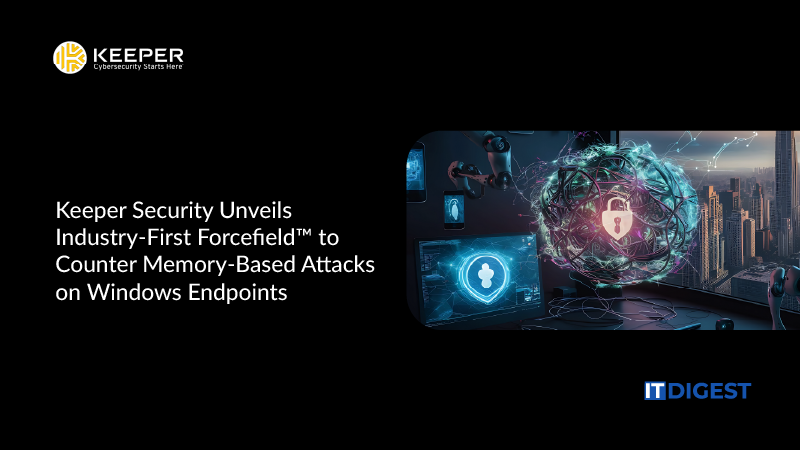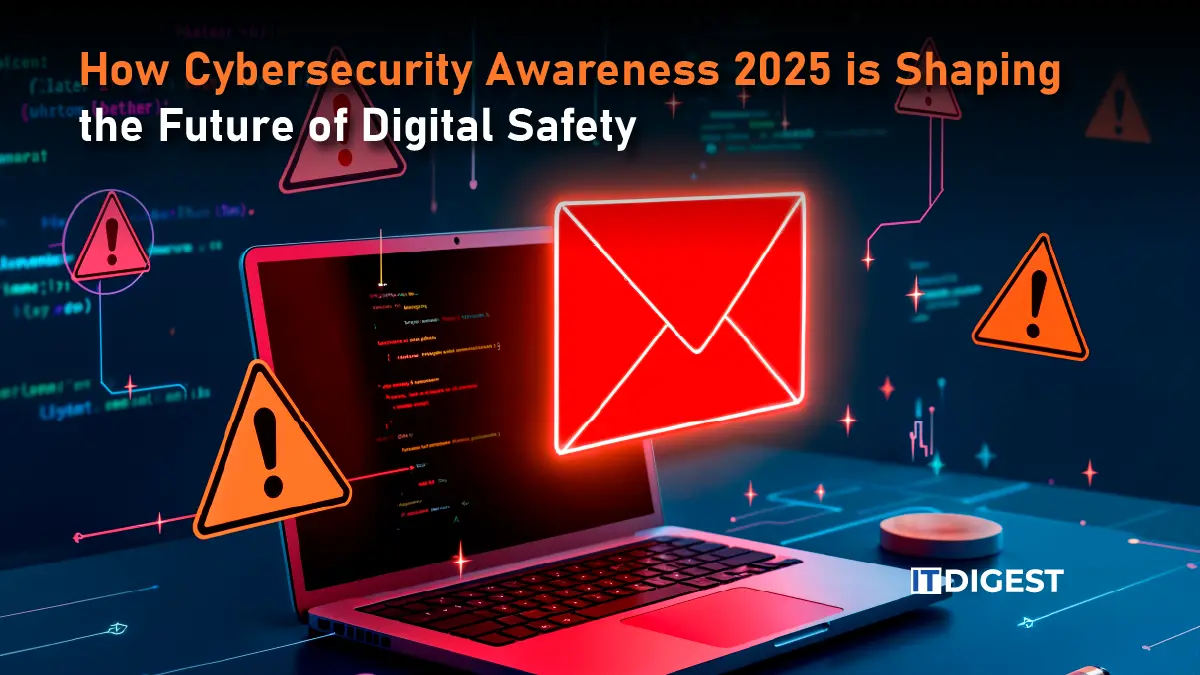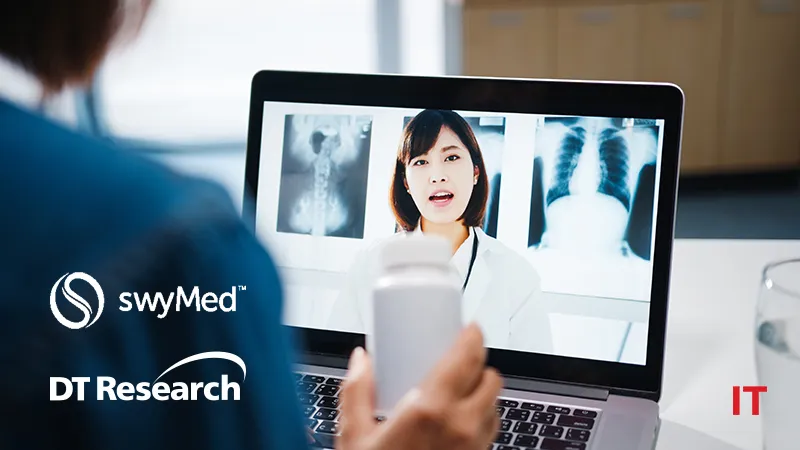Mobile Telemedicine System Connects EMTs and Paramedic Staff in Rural Georgia to Medical Professionals in the WCRMC Emergency Department and Beyond
“We worked with DT Research and swyMed to implement a mobile system that connects EMS teams with medical professionals at WCRMC’s emergency department and, when needed, with specialized medical experts across the region,” said Nathan Stanaway, MS, NRP, Project Manager for PAVES & SRDRS MOCC at Emory University School of Medicine. “The use of highly reliable mobile video communication technology allows for remote consultations and expert support, significantly enhancing the quality of information shared without increasing the workload for EMS staff.”
“A decentralized mobile telemedicine system can address many of the healthcare disparities faced in rural areas and during patient surge events,” said Michael J. Carr, MD, FACEP, FAEMS, Executive Director of Prehospital & Ambulatory Virtual Emergency Services (PAVES). “The WCRMC solution showcases how effective telemedicine—leveraging DT Research’s rugged medical tablets and swyMed’s telehealth software—can dramatically reduce time-to-care, increase the number of practitioners involved in patient treatment, and enhance overall patient care.”
Mobile EMS Telemedicine System
The WCRMC technology system includes DT Research 313MD rugged medical tablets, which are purpose-built for mobile healthcare and telehealth scenarios within ambulances, first responder vehicles and a variety of emergency response field operations. The medical tablets are ANSI/AAMI ES60601-1 certified with antimicrobial enclosures and designed to be slim yet highly durable with reliable fanless operation. The 13-inch vivid touchscreen displays are sunlight-readable, offering a spacious work area and a detailed application interface that enhances user experience and workflow.
In addition to the front and back cameras on the 313MD tablets, an Axis M5075-G PTZ pan-tilt-optical zoom camera is attached to tablets in the ambulances providing EMS teams with a hands-free visual feed for remote medical personnel. Equipped with high-capacity, hot-swappable batteries, the tablets ensure uninterrupted operation in critical medical settings.
Also Read: Andor Health Launches AI-Powered Virtual Nursing at Sentara
The DT Research tablets run Microsoft® Windows® IoT Enterprise enabling seamless integration with emergency department systems and swyMed’s video telemedicine software. This software delivers robust encryption and high-quality audio/video capabilities, enabling EMS teams to consult with specialists in real time, even in remote areas. An echo-cancelling speaker and microphone facilitate clear, high-quality face-to-face communication between physicians, patients, and the EMS team. As a result, patient assessment and treatment can begin the moment they enter the ambulance.
“With this technology, we can kickstart the treatment process in the ambulance,” explains Tetra Jenkins, a registered nurse and Stroke and Trauma Program Coordinator at WCRMC. “For instance, the emergency department physician can remotely initiate a comprehensive stroke scale to assess the severity of the stroke and help guide EMS staff in managing the patient’s blood pressure before arriving at the hospital. Starting this process while en route helps stabilize the patient sooner so when they reach the emergency department, our medical team can immediately begin other critical life-saving treatments.”
WCRMC’s Director of EMS Michael Padgett uses the system to help overcome staffing shortages in the EMS field. “We are often required to interpret a 12-lead EKG when treating a cardiology patient on advanced life support,” said Padgett. “But staffing shortages leave some EMS teams without the practitioners to interpret this test, and then administer the proper medication. With this technology, the physician in the emergency department can interpret the 12-lead and direct the EMS staff to give certain medications.”
“We are proud to partner with the Washington Country Medical Center and swyMed to provide innovative, life-saving technology that empowers EMS teams in rural settings,” said Daw Tsai, President of DT Research. “Our rugged medical tablets, designed for the most demanding mobile healthcare, mass casualty and disaster response scenarios, can enable critical care to begin even before patients reach the hospital. We are committed to developing mobile technology that transforms healthcare delivery in underserved areas and during large-scale emergencies.”
“Collaborating with DT Research and Washington County Regional Medical Center allows us to extend our telemedicine capabilities into underserved areas,” said Jeff Urdan, CEO of swyMed. “In emergency medical services, reliable communication is critical, yet many video platforms often fail to deliver. Our patented data transport protocol ensures that swyMed’s live video technology operates seamlessly, even in low-bandwidth environments. This allows EMS teams to conduct clear, uninterrupted consultations with specialists, ultimately enhancing patient care by delivering timely and precise information when it matters most.”
Source: Businesswire

































